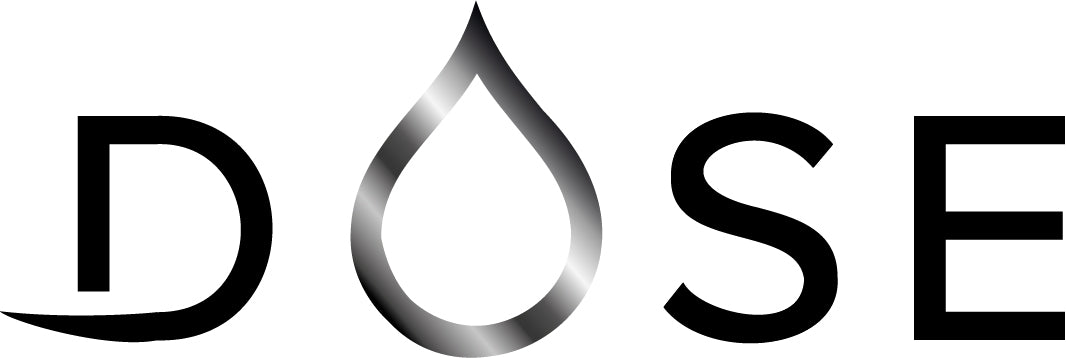Advice For Transgender
Hairloss advice for transgender customers
Yes, in the majority of cases DOSE products are suitable for transgender people, including those undergoing gender-affirming hormone therapy (GAHT). However, the way hair loss treatments work may vary depending on your hormone levels and medical history. If you’re unsure, we always recommend speaking with your healthcare professional to ensure the best approach for your individual needs.
For trans men taking testosterone, hair loss can occur in a pattern similar to male androgenetic alopecia (male pattern baldness). This is because testosterone and its byproduct, dihydrotestosterone (DHT), can cause hair follicles to shrink over time. Minoxidil-based treatments can help counteract this by stimulating hair growth and prolonging the hair’s growth cycle. We always recommend speaking with your healthcare professional to ensure the best approach for your individual needs.
For trans women taking oestrogen (and possibly anti-androgens like finasteride), hair loss may slow down or even partially reverse, depending on how early treatment begins. Minoxidil can further support regrowth, particularly in areas where hair thinning has already started. We always recommend speaking with your healthcare professional to ensure the best approach for your individual needs.
Oral finasteride is not typically recommended for trans men taking testosterone, as it blocks DHT - a hormone that plays a role in masculinisation. However, some trans men choose to use topical finasteride to preserve scalp hair while maintaining other effects of testosterone. If considering finasteride, it's best to seek medical advice. Please note that finasteride should not be used during pregnancy, breastfeeding or if trying to conceive.
Yes, trans women can often benefit from finasteride, as it reduces DHT, which contributes to androgenetic hair loss. Please note that finasteride should not be used during pregnancy, breastfeeding or if trying to conceive.
DOSE Shedding contains no ingredients that affect sex hormones, making it the best option.
DOSE treatments are generally safe, but they may not be suitable in the following cases:
- If you have a known allergy to minoxidil, finasteride, or any ingredients in our formulations.
- If you have a history of heart disease - speak to a doctor before using minoxidil.
- If you are pregnant, planning to become pregnant, or breastfeeding (for those who have retained reproductive organs).
- If you have scalp conditions such as psoriasis, severe dermatitis, or open wounds - as these may require alternative treatments.
We understand that hair loss can be an emotional experience, especially during gender transition. You may want to speak to an expert in transgender healthcare before trying DOSE. See our DOSE Directory for recommendations.
Ready to start your DOSE journey?
Start by clicking the online consultation button, to find out what DOSE is right for you. If you’re unsure whether DOSE is right for you, read our testimonials, find out more about our founder, consultant dermatologist and hair specialist Dr Sharon Wong or learn more about the different types of hair loss here.
